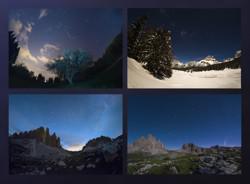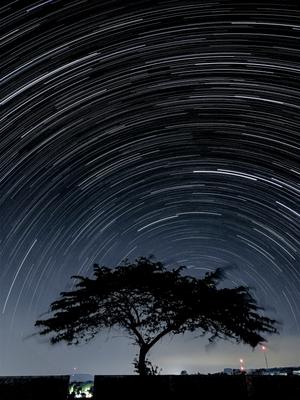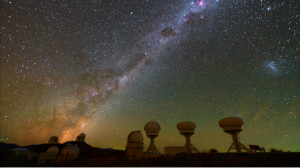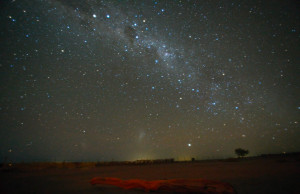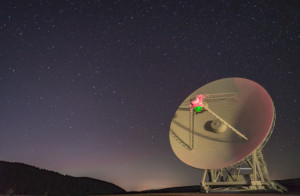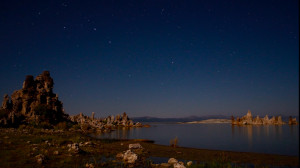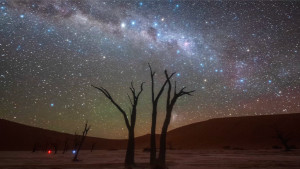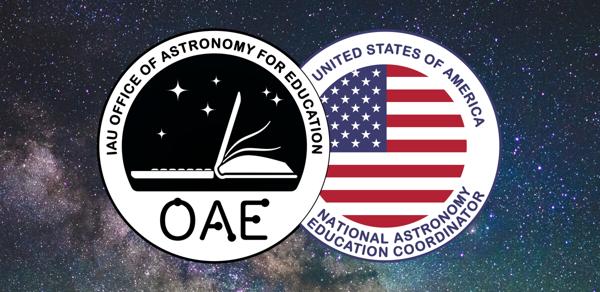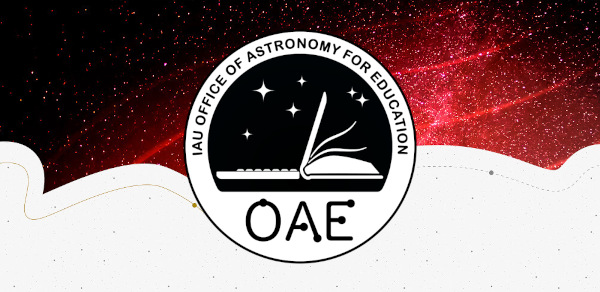Glossarbegriffe: Erdrotation
Description: Die Erde führt zwei gleichzeitige Drehbewegungen aus: eine tägliche Drehung um ihre eigene Achse (Erdrotation) und eine jährliche Umdrehung (Umlaufbahn) um die Sonne. Die Erdrotation führt zu den Phänomenen von Tag und Nacht, da sich die Lage eines bestimmten Ortes im Verhältnis zur Sonne im Laufe eines 24-Stunden-Zyklus allmählich und regelmäßig ändert, wenn sich die Erde von Westen nach Osten dreht.
Zugehörige Glossarbegriffe:
See this term in other languages
Term and definition status: The original definition of this term in English have been approved by a research astronomer and a teacher The translation of this term and its definition is still awaiting approval
The OAE Multilingual Glossary is a project of the IAU Office of Astronomy for Education (OAE) in collaboration with the IAU Office of Astronomy Outreach (OAO). The terms and definitions were chosen, written and reviewed by a collective effort from the OAE, the OAE Centers and Nodes, the OAE National Astronomy Education Coordinators (NAECs) and other volunteers. You can find a full list of credits here. All glossary terms and their definitions are released under a Creative Commons CC BY-4.0 license and should be credited to "IAU OAE".
Zugehörige Medien
Großer Wagen zu vier Jahreszeiten
Bildnachweis: Giorgia Hofer/IAU OAE
License: CC-BY-4.0 Creative Commons Namensnennung 4.0 International (CC BY 4.0) icons
Star Trail in the Southern Hemisphere with Bortle 4 Scale Light Pollution
Bildnachweis: Slamat Riyadi/IAU OAE (CC BY 4.0)
License: CC-BY-4.0 Creative Commons Namensnennung 4.0 International (CC BY 4.0) icons
Southern Sky Over La Silla
Bildnachweis: José Rodrigues/IAU OAE (CC BY 4.0)
License: CC-BY-4.0 Creative Commons Namensnennung 4.0 International (CC BY 4.0) icons
Beautiful Night in the Atacama Desert
Bildnachweis: Uwe Reichert/IAU OAE (CC BY 4.0)
License: CC-BY-4.0 Creative Commons Namensnennung 4.0 International (CC BY 4.0) icons
The Big Dipper with the Sardinia Radio Telescope SRT
Bildnachweis: Antonio Finazzi/IAU OAE (CC BY 4.0)
License: CC-BY-4.0 Creative Commons Namensnennung 4.0 International (CC BY 4.0) icons
Star Trails
Bildnachweis: Govind Gurjar/IAU OAE (CC BY 4.0)
License: CC-BY-4.0 Creative Commons Namensnennung 4.0 International (CC BY 4.0) icons
Große Wagen über dem Mono Lake
Bildnachweis: Fabrizio Melandri/IAU OAE (CC BY 4.0)
License: CC-BY-4.0 Creative Commons Namensnennung 4.0 International (CC BY 4.0) icons
The Rotating Planet
Bildnachweis: Jianfeng Dai/IAU OAE (CC BY 4.0)
License: CC-BY-4.0 Creative Commons Namensnennung 4.0 International (CC BY 4.0) icons
